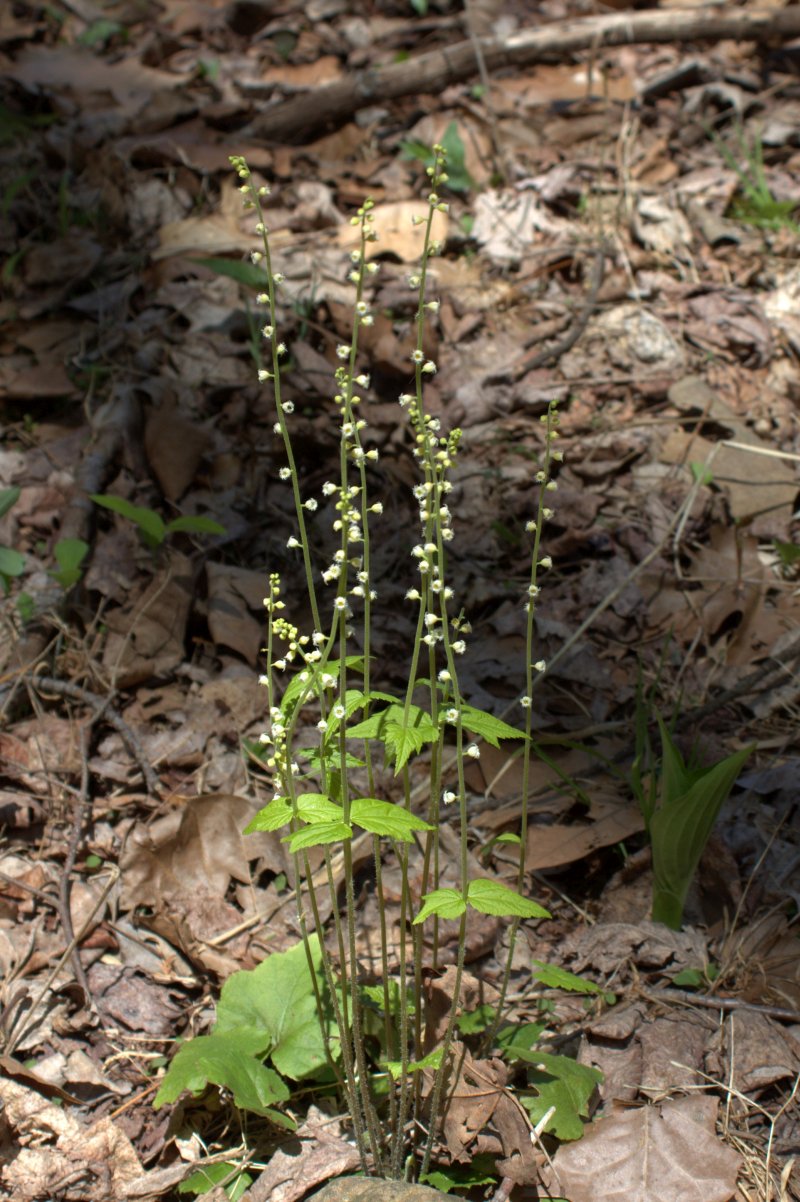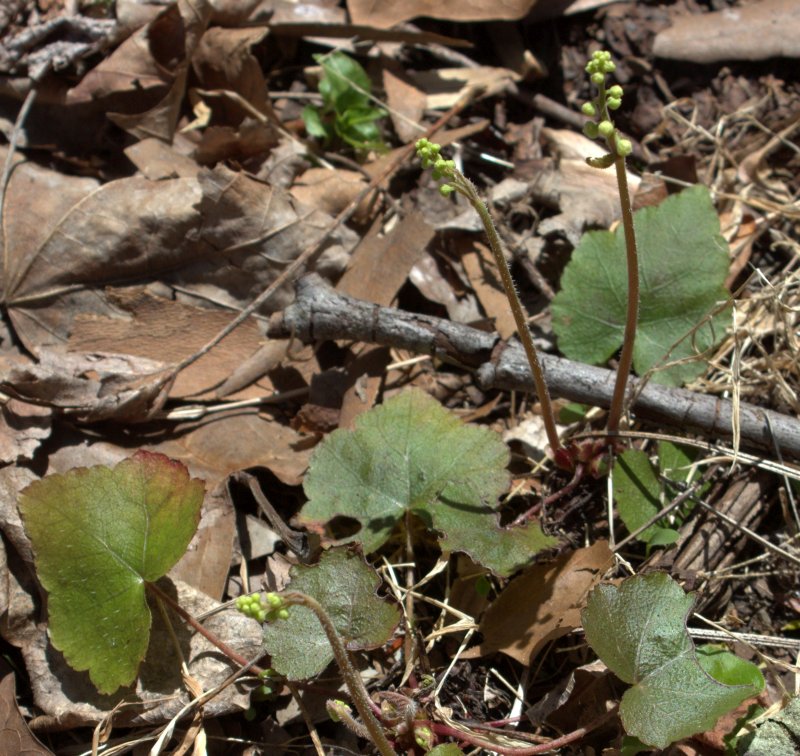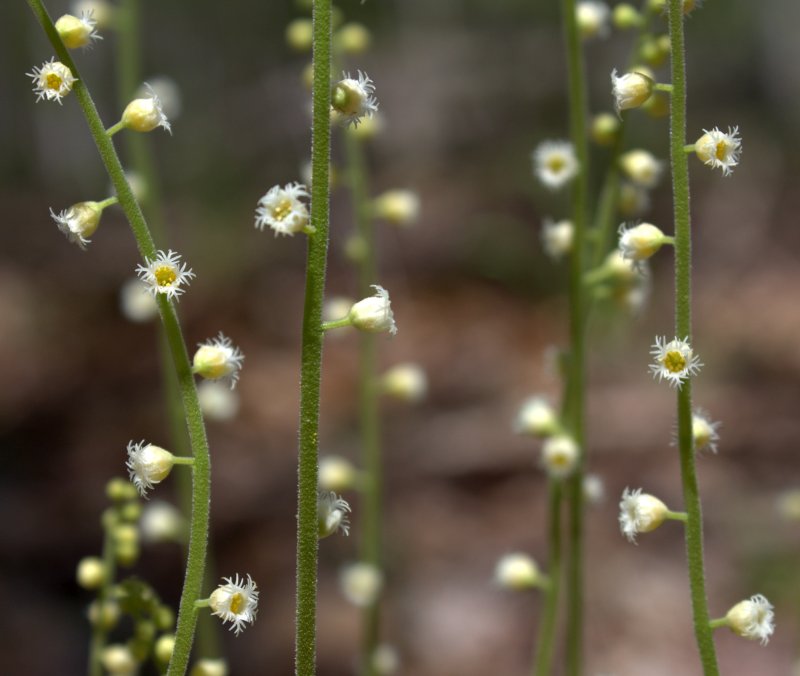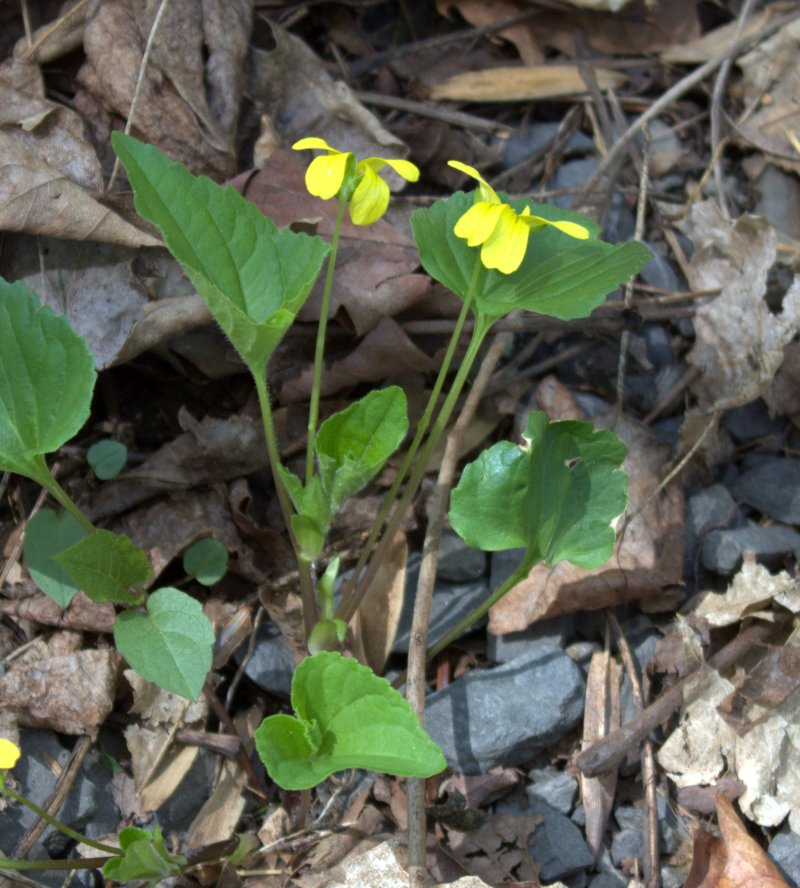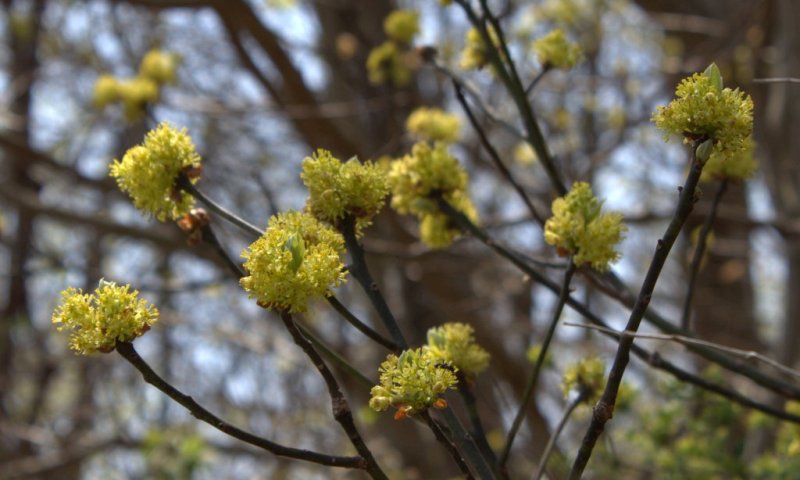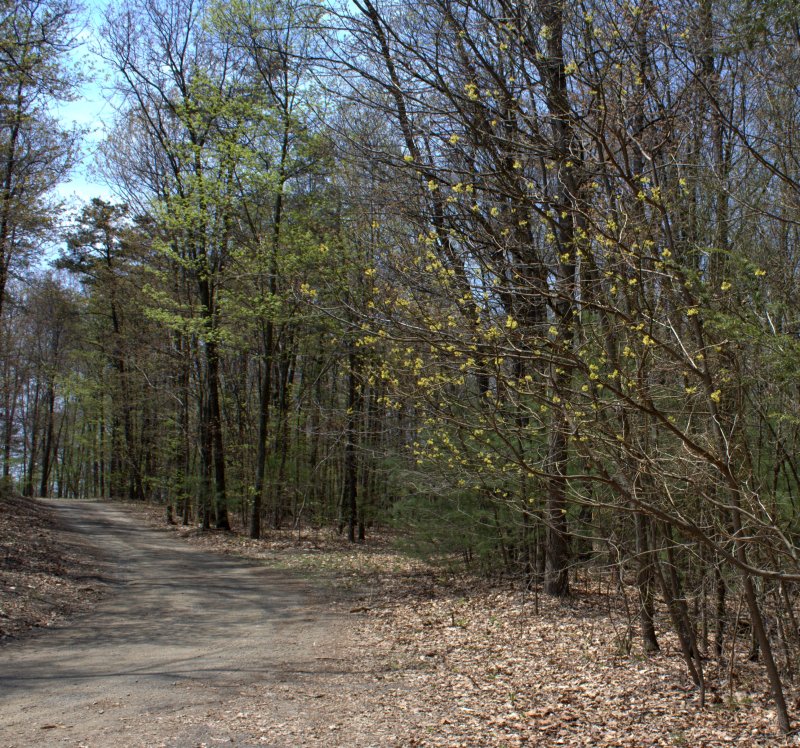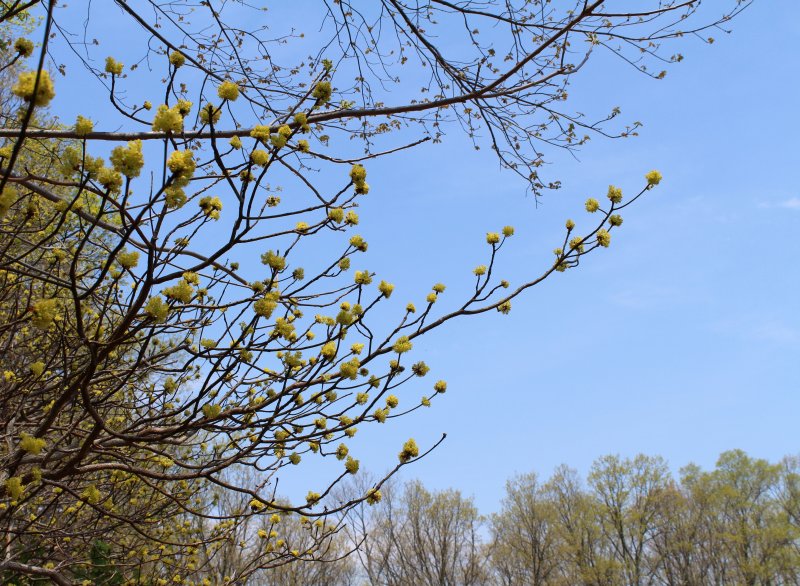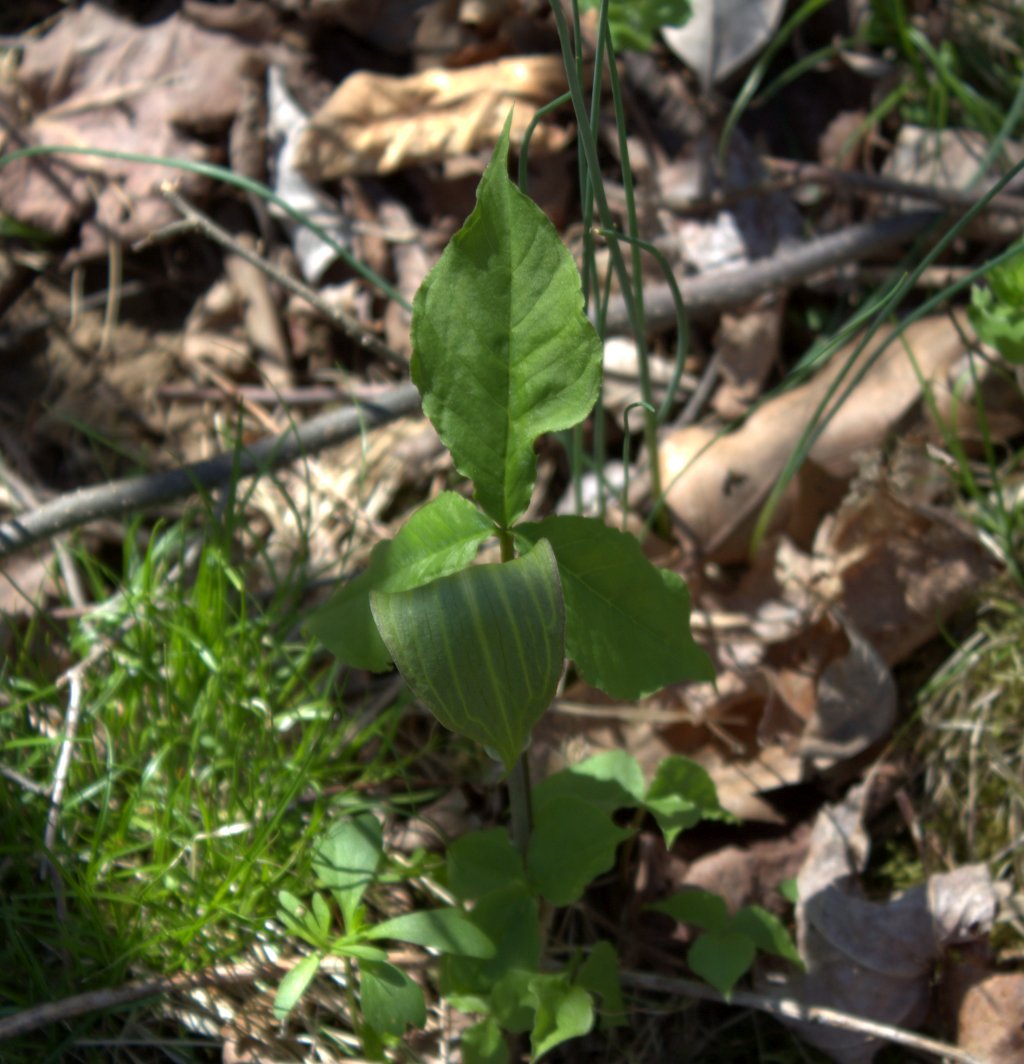Star Toadflax, also known as Bastard Toadflax, is flowering in the woods here in south central Pennsylvania.
It’s a semi-parasitic plant native to all of North America, even Canada and Alaska. Hawaii, Louisiana and Florida are the only U. S. states that don’t report Comandra umbellata as being present. Star toadflax is a member of the Sandalwood family, Santalaceae.
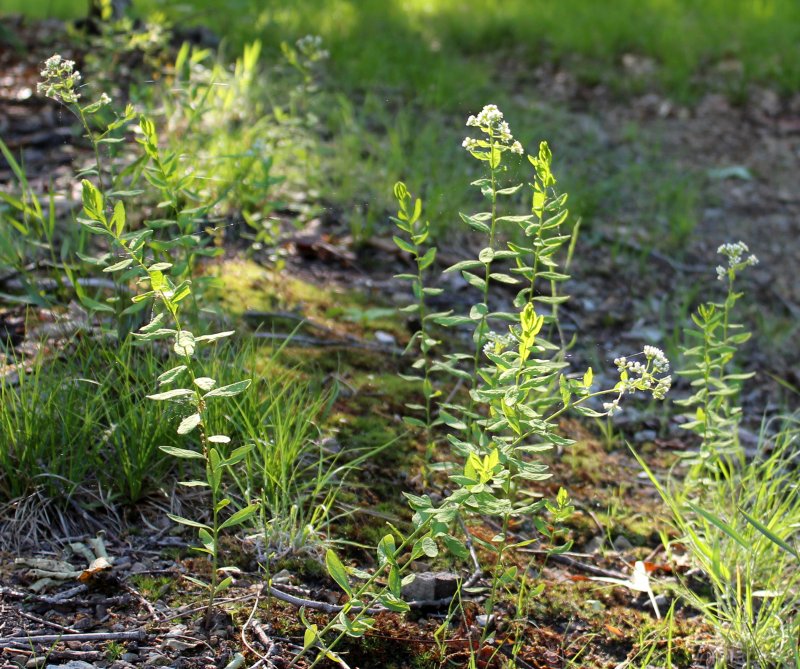
Here’s something I hadn’t known about this little plant
